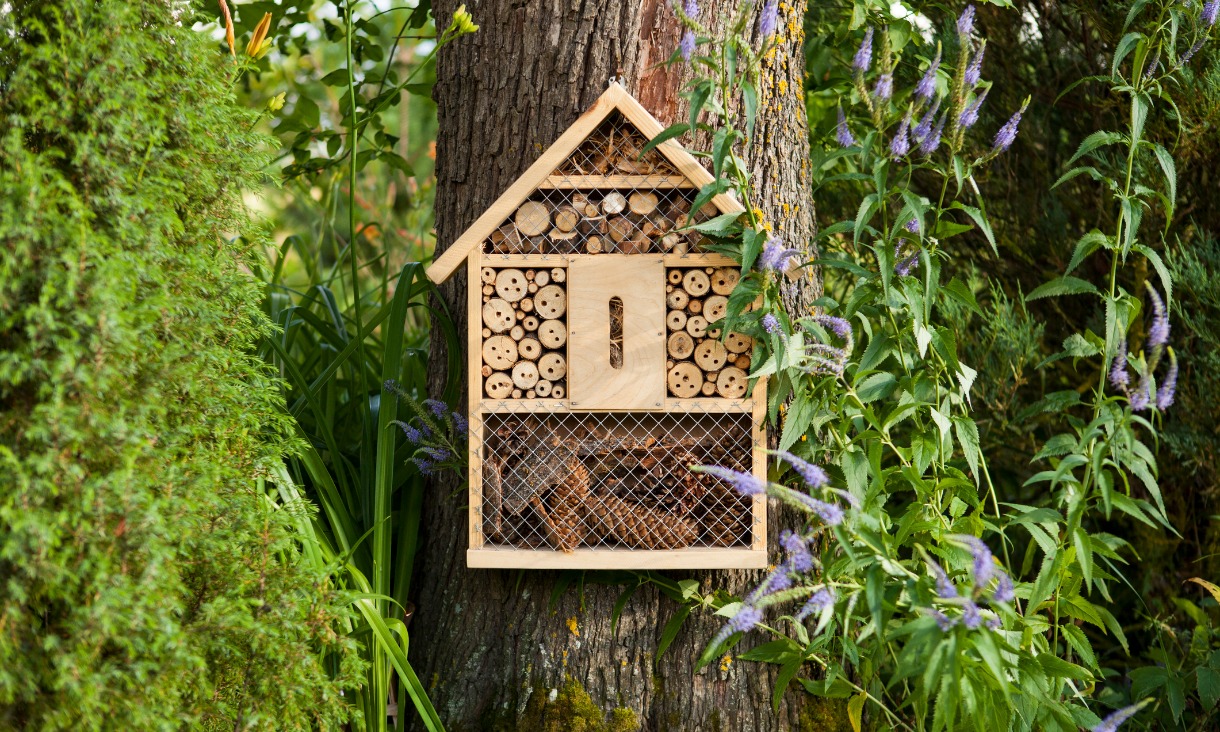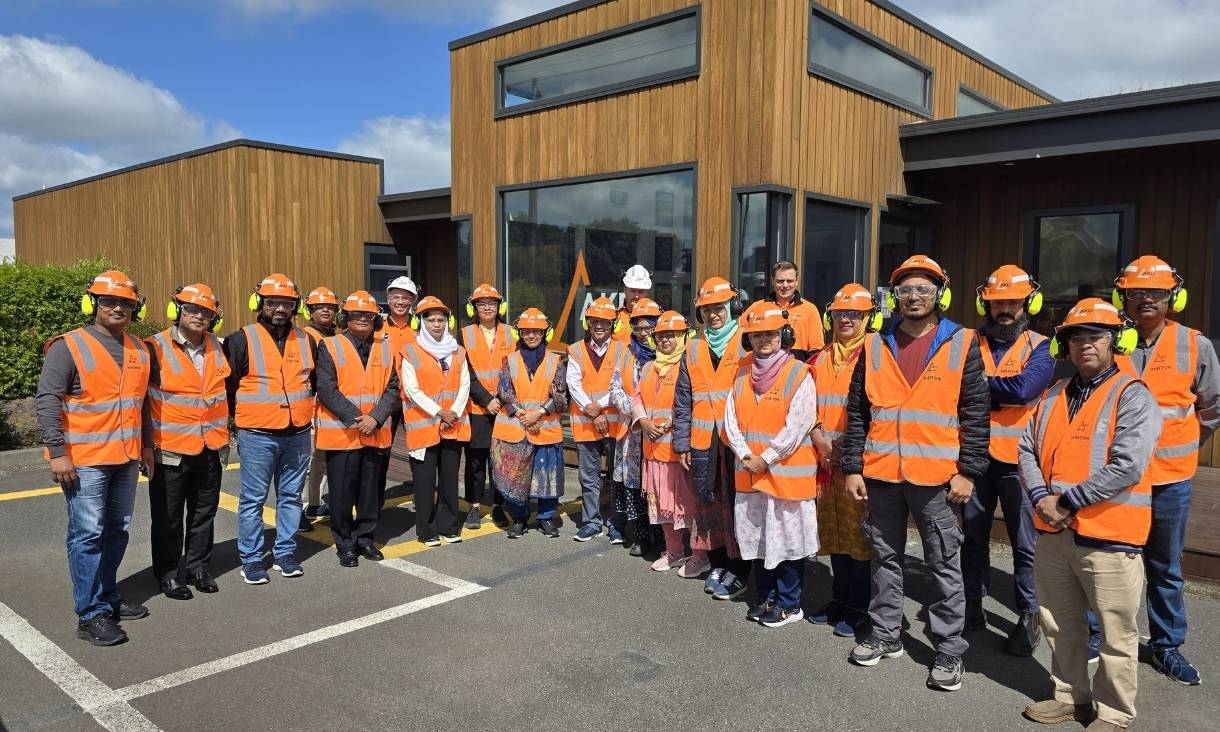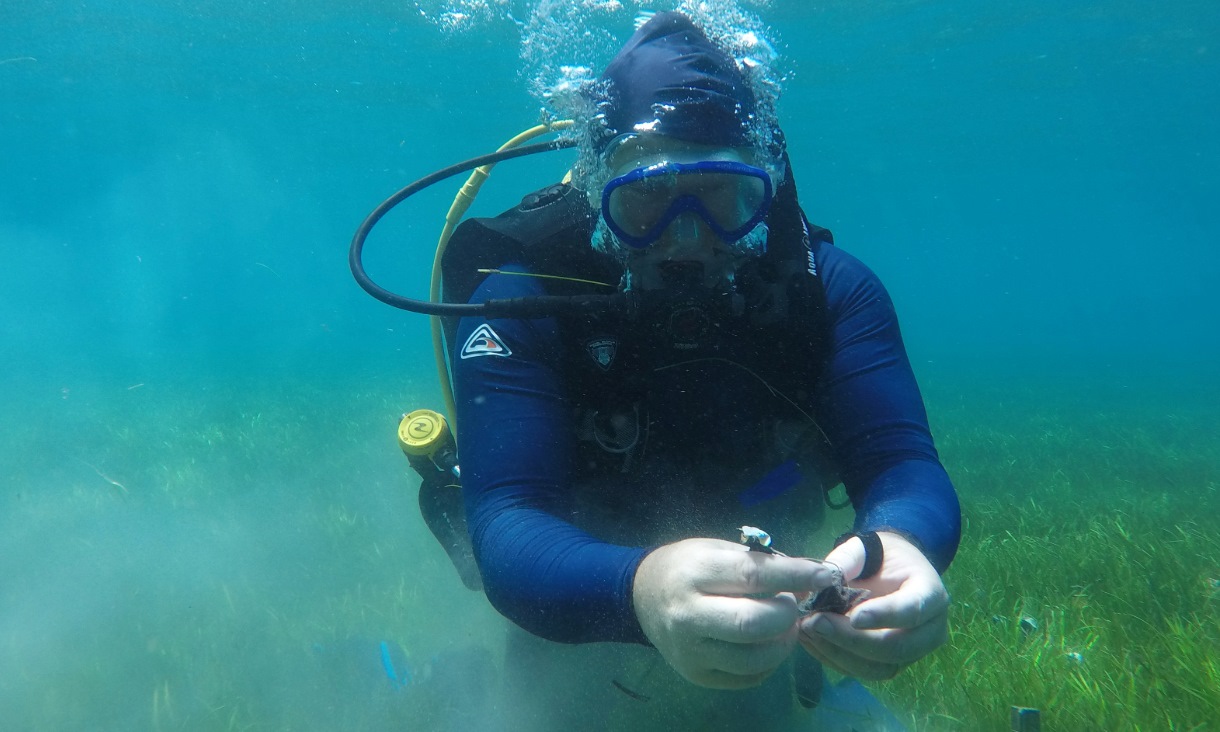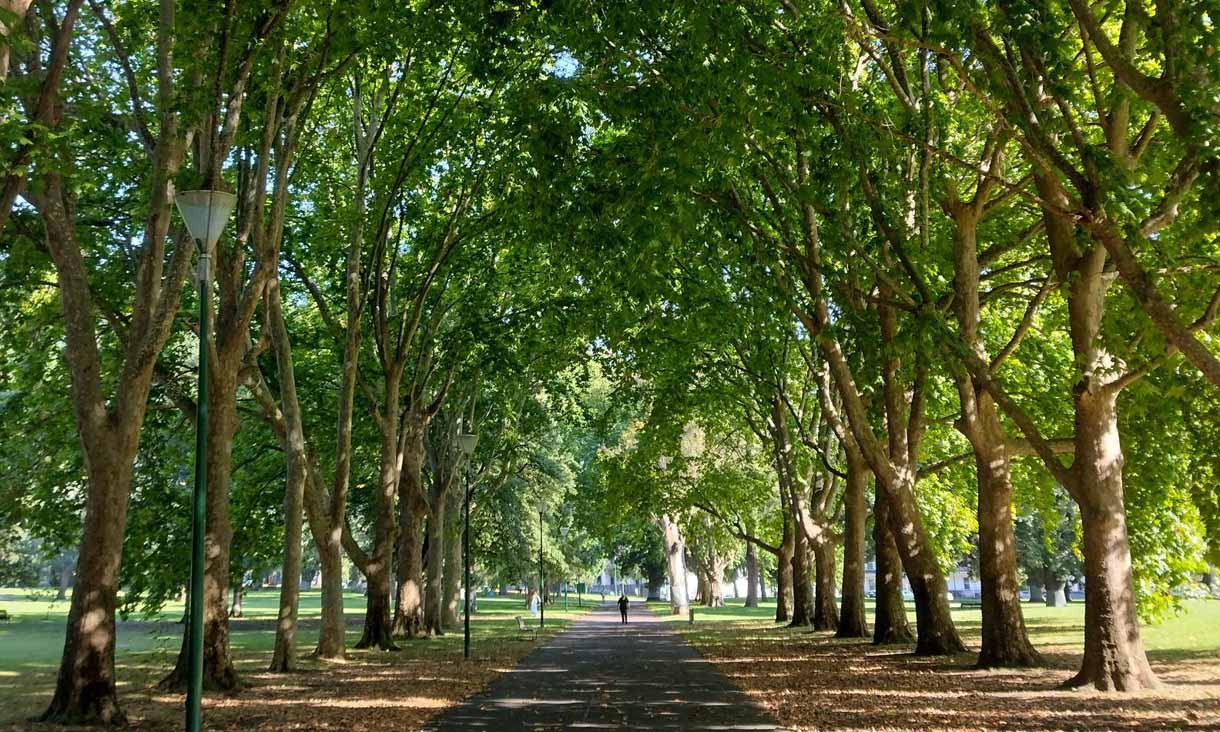Sustainable fashion
As one of the most polluting and waste producing industry sectors globally, the impact of the fashion industry was significant for our future wellbeing, according to PhD researcher at the Centre for Urban Research Tamzin Rollason.
Its land use, water consumption, chemical pollution, greenhouse gas emissions and waste were attracting increasing, though long neglected, scrutiny.
As awareness and criticism had increased, production had begun to include sustainable design innovations that used cleaner and more efficient resources, she said.
Despite this, the environmental impact of the industry had continued to increase as garments became cheaper and trend cycles shorter.
“Quantities of textiles waste are increasing so much that recycling markets in developing countries are overwhelmed with our clothing waste,” she said.
“In keeping with Sustainable Development Goal 12, sustainable production and consumption, there is an urgent need to focus on different approaches to the production, use and disposal of fashion.
“During the COVID-19 slowdown of our lives, the way we wear and use clothes has been very different,” she said.
“This provides an opportunity to consider a new relationship with the clothes in which we present ourselves to the world.”
Fashion’s environmental impact
Many fashion companies had been badly affected by the COVID-19 crisis, according to Associate Dean for Fashion Enterprise in the School of Fashion and Textiles Stephen Wigley.
As a result, many would be focused purely on commercial survival and profitability, which may mean their environmental and sustainability initiatives had been put on the back shelf for a while.
But with every crisis there was also an opportunity.
“Consumers are aware now more than ever of the environmental challenges we face and are willing to support organisations that make genuine efforts to address them,” he said.
At the same time, the crisis had provided impetus for innovation in how fashion products were made and distributed.
“Breakthroughs in materials technology and in fabric treatments and dying can reduce the environmental impact of manufacturing,” he said, “while whole business models and supply chains have been forced to become more efficient.”
The biggest environmental – and economic – boost for the Australian fashion industry would be for initiatives to support the localisation of manufacturing.
“We are a country of innovators and we are leading the world in terms of developing new production methods, processes and business models that can make a fashion company not just profitable, but a good citizen of Australia and the World,” he said.
Story: Diana Robertson






